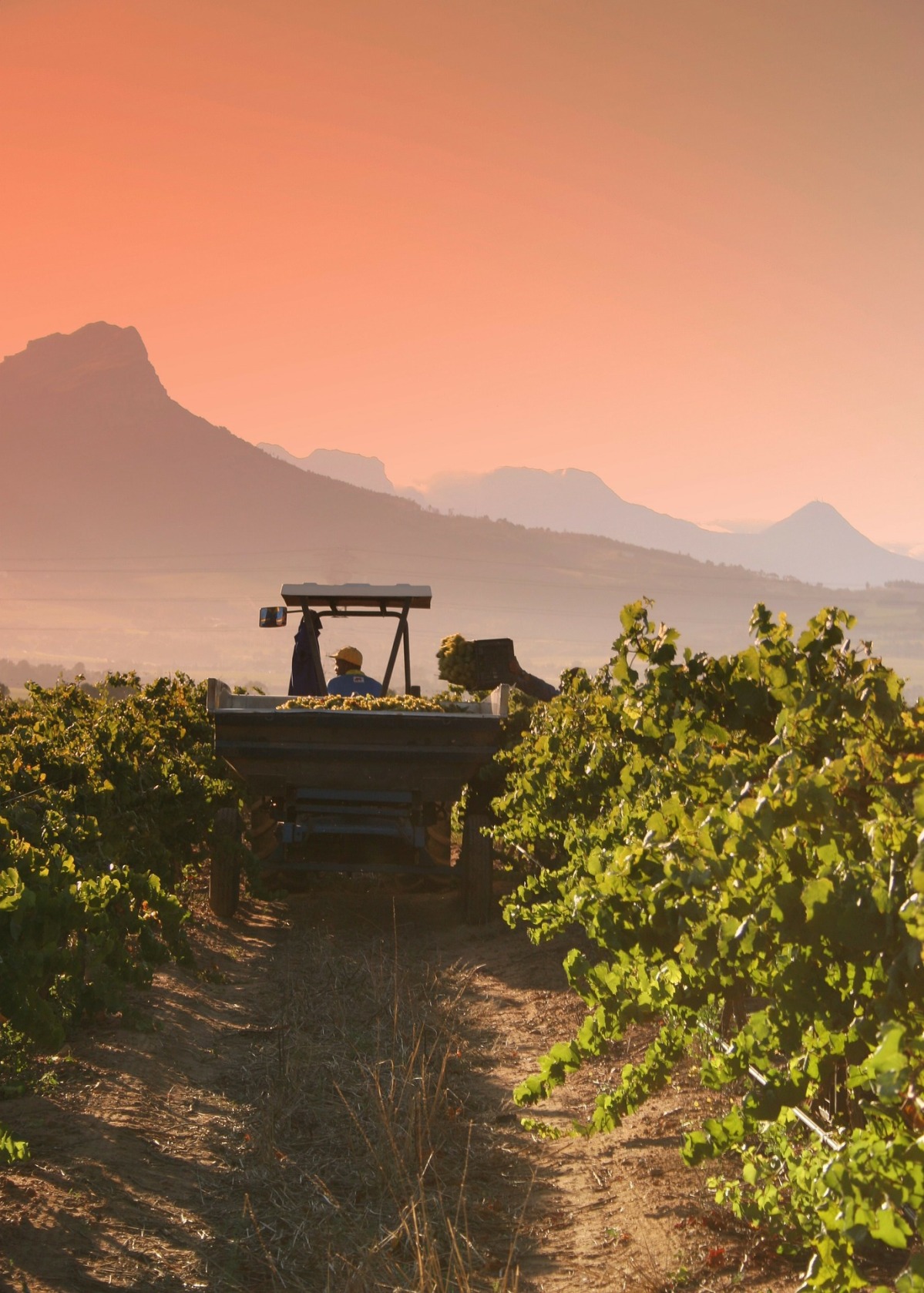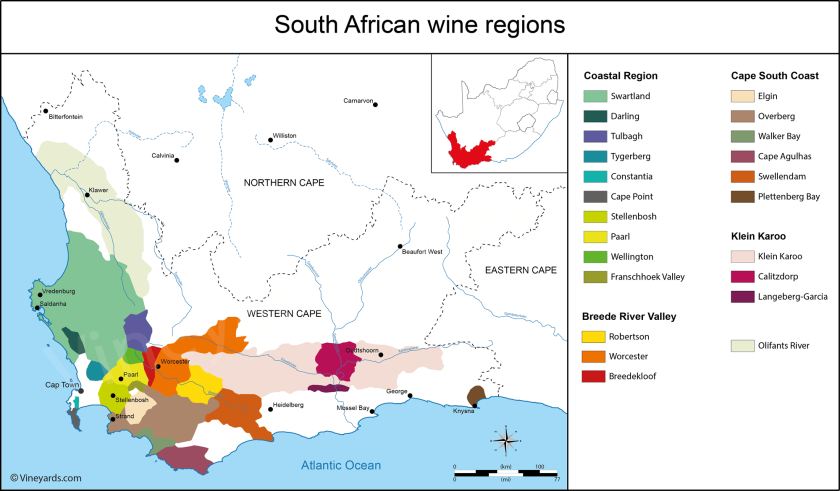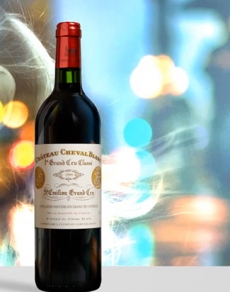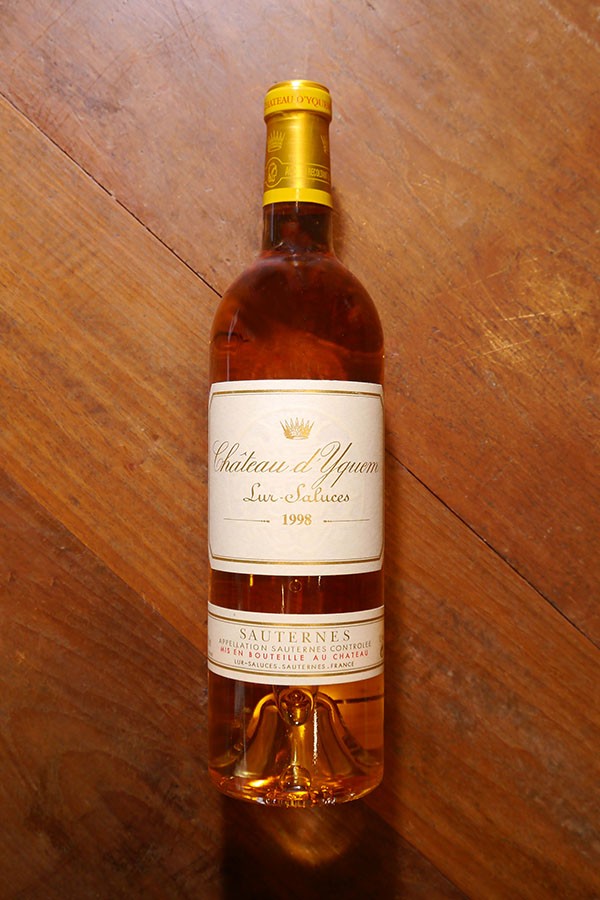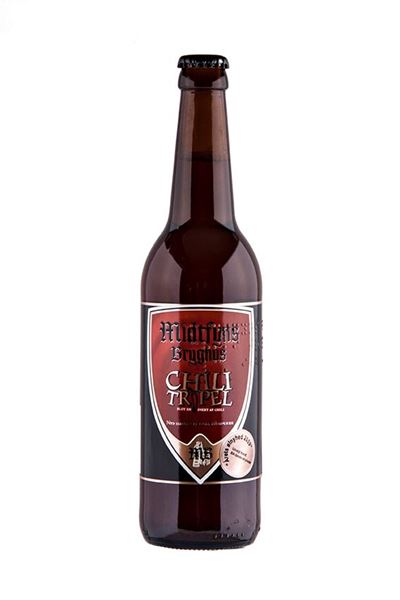TAYLOR, GRAHAM & FONSECA – 1966, 1970 & 1977
On a November-evening (the 8th) in 1995 I was a part of a magical tasting that I often recall as one of the most memorable tastings for me.
It was The Fyn Port Wine Club (often mentioned as one of the finest of its kind in the World). See more at: www.vintageport.dk
The theme was Taylor’s, Graham & Fonseca – 1966, 1970 & 1977. It seems like everything you would want from a Port Wine was cooked into this single tasting.
1966 Fonseca Vintage Port was unfortunately left out as it wasn’t possible to ship from London in time for the wine to settle before tasting. It was replaced with a 1970 Vintage Port from Gould Campbell that should be interesting to taste instead.
Eleven tasters were eager to be a part of this experience. Even for a tough crowd of Vintage Port-veterans this was indeed very exiting. To taste the absolute top producers in their finest hour as these three vintages are. And it is not very often you would find these exact wines to be compared directly against each other.
The wines were tasted semi-blind silent tasting, poured in three heats:
1. 1977’s
2. 1970’s
3. 1966’s
Tasting notes:
Graham’s 1977 Vintage Port
At this stage the Graham’s style of making Vintage Port is too pleasing and sweet for me. It is still world-class and my number two for this Vintage. Maybe not in Graham’s finest hour as I often think the wines after 1970 and until 1987 not quite as unique as the wines before and after. Probably because of Symington family’s take-over in 1970 from The Graham’s [Johnny Graham later started Churchill’s Port]. Though this is still a really stunning Vintage Port with lot of personality and ageing potential.
Fonseca 1977 Vintage Port
Strict and precise like you would expect a Vintage Port from Fonseca. definitely much too you and a very high quality Port. Like Croft Fonseca’s Vintage Ports represent this very english style in Port-making with acidity and firm alcohol. I prefer this more firm style of Port when it is much older. At this stage or younger it is almost unpleasant for my palate. Never-the-less this is a high quality Port with lots of potential for keeping in the cellar.
Taylor’s 1977 Vintage Port
One of the finest wines I ever tasted. At this stage it is just too premature, compared to the silky taste and ripeness of the older vintages. This wine will mature and take its place as one of the best Taylor Port’s ever made. Massive taste is what comes first; loads of dark chocolate, cherry, roasted nuts and raisins. Extremely young and potent wine that should not be enjoyed in two decades.
Graham’s 1970 Vintage Port
A serious outsider to best Port of the year. Deep mature fruit with hints of coffee and sweet dried fruit, caramelised figs. A masterpiece only downgraded simply because I like Taylor’s and Fonseca’s wines of the year better. What a pity for such a World Class wine.
Fonseca 1970 Vintage Port
Excellent body and structure with a velvety that shows just how well Fonseca’s wines age. This must surely be one of their best of the Century (unfortunately we wouldn’t be tasting the 1966 Vintage Port from Fonseca; it has the reputation of being just that!). The velvety taste og walnuts and well-balanced very long finish with long and complex taste. This is a wine that could be in a book about the 100 things you must do before you die!
Taylor’s 1970 Vintage Port
A VERY close runners-up to my prefered 1970 Fonseca. Go ahead make my day is what goes through my mind as I wonder about this wine. This is everything you could ever ask for. A fine, fine Port that shows maturity in all the right places. Still with firm body and grape nuances that lies underneath the thick layers of concentrated figs and honey and mostly walnuts. Rich and balanced rounded with raisins and spice. The wine is well on its way into maturity but it is still showing power and lively palate that is somewhere between youth and real maturity.
Gould Campbell 1970 Vintage Port
This is obviously a very good Vintage Port and in any other situation than this one it would be considered a treat. But as a substitute for a Fonseca 1966 Vintage Port it was measured in a scale that would seem unfair to most of the wines ever produced. Even though this is a neat and nice – in fact a classy Vintage Port that delivers a strong and impeccable taste. Everything you would want from an old Vintage Port. Good clean taste with fine matured walnut notes and a nicely matured body. In this tough company all of that just seemed to vanish in a group of 3 Ports that all should be considered in the top 50 of Vintage Ports produced in the 20th Century.
Graham’s 1966 Vintage Port
One of two wines from this Vintage – and by far the best of the two. A superb and very complex wine at its best. A mature and sweet wine with a hint of mint that ensures the balance in the wine stays in focus. A teat by any means.
Taylor’s 1966 Vintage Port
I always wondered about this wine. I tasted it, found it pleasant and absolutely a high quality wine by any standards, but it was a little bit strange maybe beginning to decline, orange color all through the glass, almost sweet and not very much like the Taylor-taste I so much appreciate and to me is The standard to be measured against when you produce Vintage Port (I re-tasted the wine from another cellar some years later with the same result). Though being harsh to this wine it is only because of the expectations and the high level of its competition. By any means this is a lovely high-class wine – just not World Heritage!
At the end of the tasting all of us had made our remarks and rated our own three top preferences with 3 points (best), 2 points (2nd) and 1 point (3rd).
My top preferences was:
1. 1970 Fonseca Vintage Port (3 points)
2. 1970 Taylor’s Vintage Port (2 points)
3. 1966 Graham’s Vintage Port (1 point)
– Taylor’s 1977 Vintage Port was a close runners-up but simply because of the prematurity it was not in my final 3 (this is probably one of the best Ports I ever tasted it just wasn’t as ready at this stage as the others).
The general opinion at this tasting was different:
1. Fonseca 1970 Vintage Port
2. Graham’s 1970 Vintage Port
3. Graham’s 1966 Vintage Port
4. Graham’s 1977 Vintage Port
5. Taylor’s 1970 Vintage Port
Overall all of these wines (except 1970 Gould Campbell and 1966 Taylor’s) should be considered 97+ on a scale of 100 points. I almost never judge the single wine on a scale like that when I taste wines in this league. I think it is insulting to the masterpieces that was meant to be enjoyed and not rated. The difference between the wines would depend on personal preference which should only matter to one-self…and by this I don’t mean that the wines can not be discussed!
After the tasting the glass washer-team shared a bottle of Fonseca 1991Guimaraens Vintage Port that was offered to the members as a bargain from the importer at a ridiculous price of approx. $20. As I write this I recall that I still have a few bottles of that in my cellar.
A few days later I tasted a Hooper’s 1912 Vintage Port that was in amazingly good shape. Silky and smooth with walnut and honey notes. Another fine experience!
All tastings notes are from November 1995 so all recommendations towards drinkability and maturity is from that date!
 Diego Conterno was established in 2003 with good help from his wife Anna, daughter Lorenza and son Stefano.
Diego Conterno was established in 2003 with good help from his wife Anna, daughter Lorenza and son Stefano. The Diego Conterno Estate has 6 ha. of vineyards in Monforte d’Alba. The production is approx. 40.000 bottles of wine a year. with a production style of the wines somewhere in between modern and traditional.
The Diego Conterno Estate has 6 ha. of vineyards in Monforte d’Alba. The production is approx. 40.000 bottles of wine a year. with a production style of the wines somewhere in between modern and traditional.
